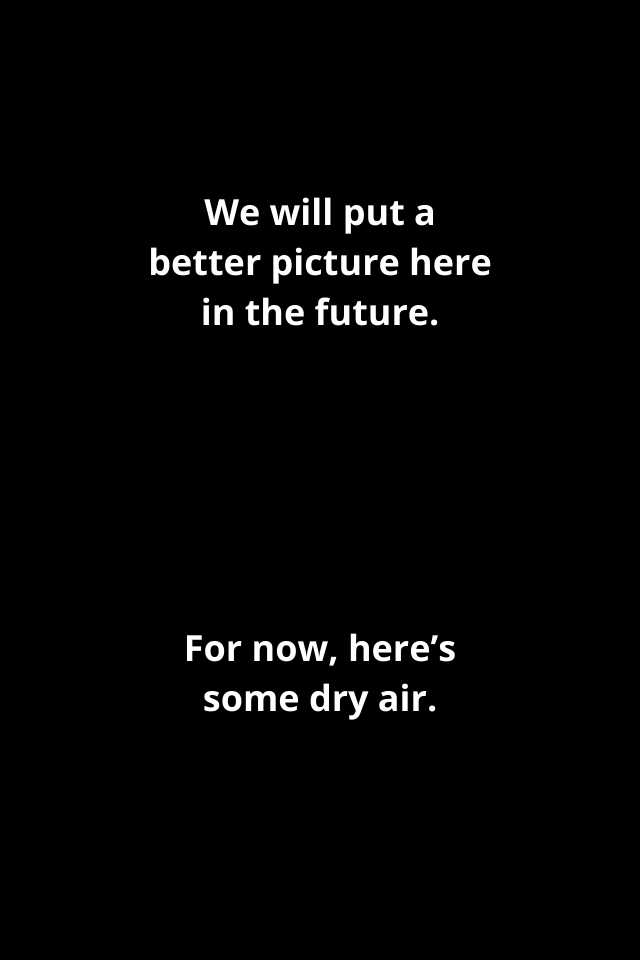DOLLMAKER BY ETELLAN
Read The F*cking Instructions
👋 Hey! If at any point you're not sure what to do, just ask us. Silly questions welcome.

1. Parameters
Create a new resin profile for DOLLMAKER in your slicer.
We wish we could just give you the best and fastest settings based on your printer model, but annoyingly, the ‘perfect’ settings vary by individual machine, rather than make and model. Small variations like FEP tightness, UV strength, room temp etc all affect it.
Instead we want to recommend some safe base settings that will work well on pretty much any printer. You can copy these into your slicer, and forget about them if you’d like. Most of them only serve to make printing faster or troubleshoot if something goes wrong.
DOLLMAKER_base_safe_settings.png
The only setting we always recommend dialling in is “normal exposure time,” using an exposure test like the Validation Matrix. (Note: If using this exact one, your bottom layers must add up to 0.2mm. Eg. 4 for 0.05mm layer height)
If you're new to printing, and you have no idea what we're talking about, you can learn more in this FauxHammer video.
If you'd like some more guidance, or want help reading an exposure test, just contact us. We're honestly happy to help.

2. Supports
We always recommend using very dense lightweight supports. (example)
Packing them so densely allows you to set support penetration depth as low as 0.
This results in supports that hold the model well, counteract warping, are very easy to remove, and leave minimal scarring.
Place supports on the inside of dolls wherever possible, to avoid support marks on visible outer surfaces.
-
3. PPE
Always wear appropriate PPE (personal protective equipment) when handling resin.
This includes- nitrile gloves
- safety goggles
- respirator
- long sleeves and trousers.
-
4. Temperature
DOLLMAKER is intended to be used at temperatures between 20-35°C.
If your ambient temperature is significantly lower than this, consider using a heating method.
You can read more about temperature on our blog.

5. Additives
You might want to add extra pigments or glitter etc to your resin to make your doll more unique.
This works well with DOLLMAKER resin, but it can make printing a bit more tricky, so we’d recommend to print a regular doll first before trying this.
If you do mix anything in, make sure to note down the ratios you use VERY EXACTLY (eg 10 drops of red pigment and 2 drops of blue added to 1 full bottle of resin). Otherwise you might not be able to recreate the same colour if you ever need to print it again.
Your “normal exposure time” is likely to change whenever anything is added. Make sure to validate it with an exposure test whenever you create a different mix.
You can also try mixing in other resins to attain a certain colour, but this might take away from DOLLMAKER's anti-scratch property and easy sandability.

5. Mixing
Always mix your resin before use. Shake the bottle or stir it inside the vat.
This applies even if you're just printing with the printer's 'vat clean' function.
Some ingredients inside the resin naturally settle to the bottom, like bits in orange juice. Mixing the resin makes the material uniform again, which is optimal for printing.
If you used any additives, proper mixing is even more important. If you have a long print running (over 4 hours), it is best to give the resin a stir midway through the print too.
Shaking will usually create some bubbles inside the resin. Wait a few minutes until these have dissipated before starting your print.

6. Printing
Pour in carefully, and start your print.
Do not leave the resin bottle open for too long. Extended exposure to air and light deteriorates the material.
If you need to add more resin to the vat, make sure this is the same temperature as what is already inside.
Once printing is finished, it is best practice to retrieve the part as soon as possible. If left for a long time, it could start soaking humidity from the air around it.

7. Washing
Use your preferred cleaning fluid to wash the prints. (eg isopropyl alcohol/IPA, denatured alcohol/methylated spirits, resin detergent. Water is not suitable.)
You can use a dedicated wash unit, or just dunk and rinse in plastic tubs filled with alcohol.
Use at least two stages of cleaning. This means pre-rinse most of the dirt first in a tub, then do a proper wash in clean IPA in a second tub or wash station. Three stages (rinse, rinse, wash) is even better. (example workflow)
The total wash time does not need to be too long. You are only removing leftover resin from the surface, not washing the print itself, like a fabric. 1-5 minutes should normally be enough for a piece.
Make sure to clean hollow prints on the inside too.
Do not touch the prints with bare hands until post-curing is done.

8. Drying
Dry your prints thoroughly before curing.
Prints that are still wet might come out sticky to the touch.
You can use an active drying method like a hair dryer (on low heat) to speed up the process, or just let them air dry.
Air drying can take anywhere from a few minutes to a couple hours. It depends on your ambient humidity, the geometry of the part, how long you washed it for etc.
If the part feels dry, and only minimally tacky, it's probably dry enough.

9. UV curing
Post-cure for ~5 minutes using UV light.
Shorter curing times will leave the prints more flexible.
Longer curing times will make the prints stronger, but also more rigid.
5 minutes usually gives a good balance between the two, but you can vary this based on your equipment and preferences. 1 minute should be minimum for safety.
After curing, it should now be safe to touch the part with your bare hands.
-
10. Waiting
As best practice, wait 24 hours before applying considerable force to your print, like stringing.
Resin undergoes serious chemical changes as it cures, and needs some time to dissipate internal stresses.
After a few hours, it will achieve its full strength potential. -
11. Sanding
Dollmakers will often sand the surface of 3D prints to smoothen out any visible layer lines.
For this reason, we made sure that DOLLMAKER can be sanded easily and cleanly.
Just make sure you're wearing appropriate protective equipment. -
12. Coating
As best practice, spray the print with a primer or sealer.
This will protect the print from moisture and UV light.
It is also very helpful if the finished part will be painted.
Any brand will work fine.

13. Storage
Finished prints should be kept away from moisture and strong UV light.
Liquid resin must be shielded from air, UV light and humidity.
If leftover resin in your vat will not be used again for over 24 hours, it is best practice to pour it into an air- and light-proof container.
This can be the original resin bottle, but if the resin in the vat is contaminated somehow, it will also contaminate any fresh resin you had left. It's best to use a filter when pouring. Keep the bottles in a cool, dry place away from sunlight.

14. Dealing with dirty cleaner+resin mix
Any liquid mixed with resin is toxic. Do not touch it with bare hands, and do not wash it down a drain.
Alcohol can be reused many times for cleaning, but it will eventually become too cloudy to use.
To dispose of it, the cleaner needs to evaporated, leaving just resin behind. This is best done by leaving the mix outside in the sun in a wide tray/container.
The cleaner will evaporate, while the sun's UV rays will cure any leftover resin on the bottom. The cured resin can be safely thrown away.
If leaving the dirty mix outside is not an option, putting a fan in front of the container is a cheap way to speed up evaporation. Any leftover resin can also be cured with a UV light.
Alternatively, you may take the mix to a waste disposal facility in your area.

